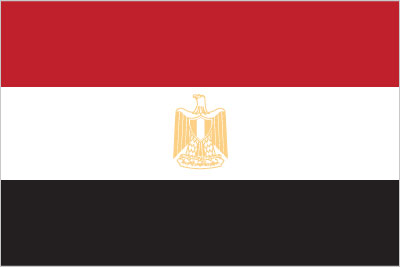
Occupying the northeast corner of the African continent, Egypt is bisected by the highly fertile Nile valley, where most economic activity takes place. Egypt's economy was highly centralized during the rule of former President Gamal Abdel NASSER but opened up considerably under former Presidents Anwar EL-SADAT and Mohamed Hosni MUBARAK. Cairo from 2004 to 2008 aggressively pursued economic reforms to attract foreign investment and facilitate growth. Poor living conditions combined with limited job opportunities for the average Egyptian contribute to public discontent. After unrest erupted in January 2011, the Egyptian Government backtracked on economic reforms, drastically increasing social spending to address public dissatisfaction, but political uncertainty at the same time caused economic growth to slow significantly, reducing the government's revenues. Tourism, manufacturing, and construction were among the hardest hit sectors of the Egyptian economy, pushing up unemployment levels, and economic growth remains slow amid political uncertainty, government transitions, unrest, and cycles of violence. Cairo since 2011 has drawn down foreign exchange reserves and depended on foreign assistance, particularly from Gulf countries, to finance imports and energy products and prevent further devaluation of the Egyptian pound, fearing higher inflation from a weaker currency.
$551.4 billion (2013 est.)
country comparison to the world: 28
$541.5 billion (2012 est.)
$529.7 billion (2011 est.)
1.8% (2013 est.)
country comparison to the world: 150
2.2% (2012 est.)
1.8% (2011 est.)
$6,600 (2013 est.)
country comparison to the world: 144
$6,600 (2012 est.)
$6,600 (2011 est.)
agriculture: 14.5%
industry: 37.5%
services: 48% (2013 est.)
22% (2008 est.)
9% (2013 est.)
country comparison to the world: 205
7.1% (2012 est.)
27.69 million (2013 est.)
country comparison to the world: 24
agriculture: 29%
industry: 24%
services: 47% (2011 est.)
13.4% (2013 est.)
country comparison to the world: 131 12.7% (2012 est.)
textiles, food processing, tourism, chemicals, pharmaceuticals, hydrocarbons, construction, cement, metals, light manufactures
1.4% (2013 est.)
country comparison to the world: 138